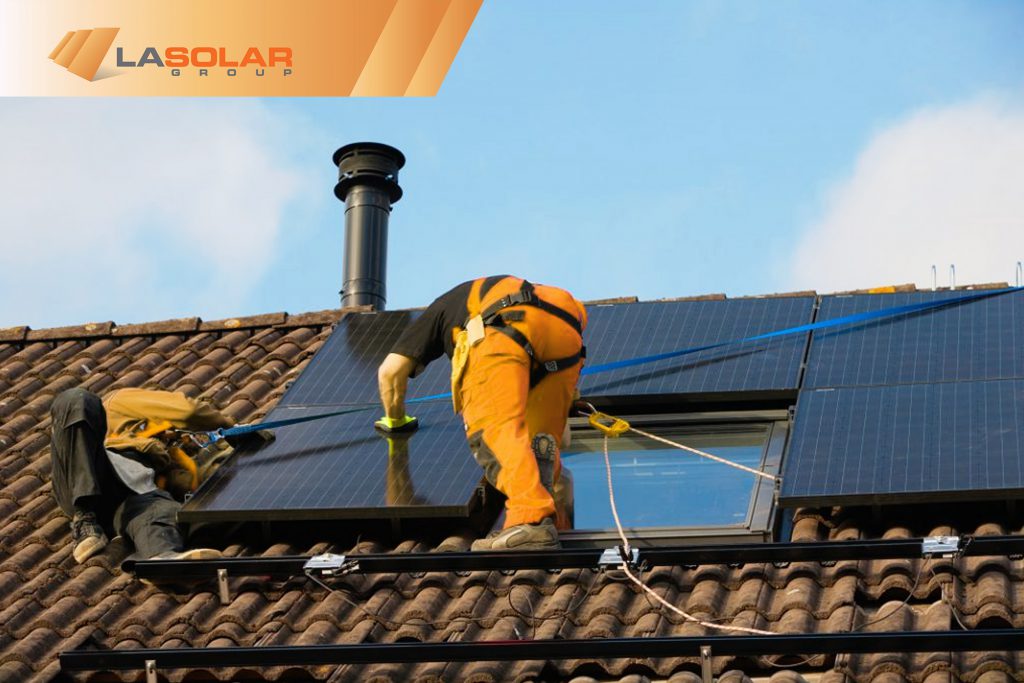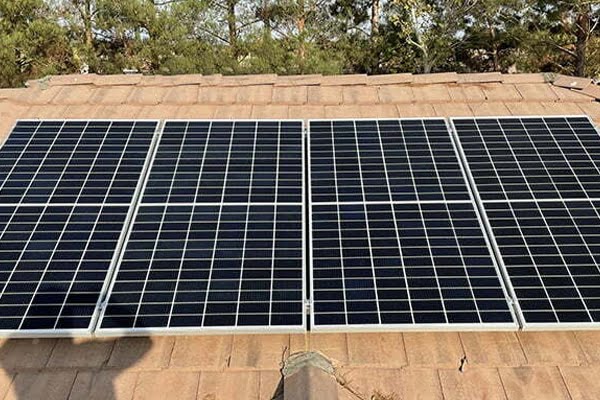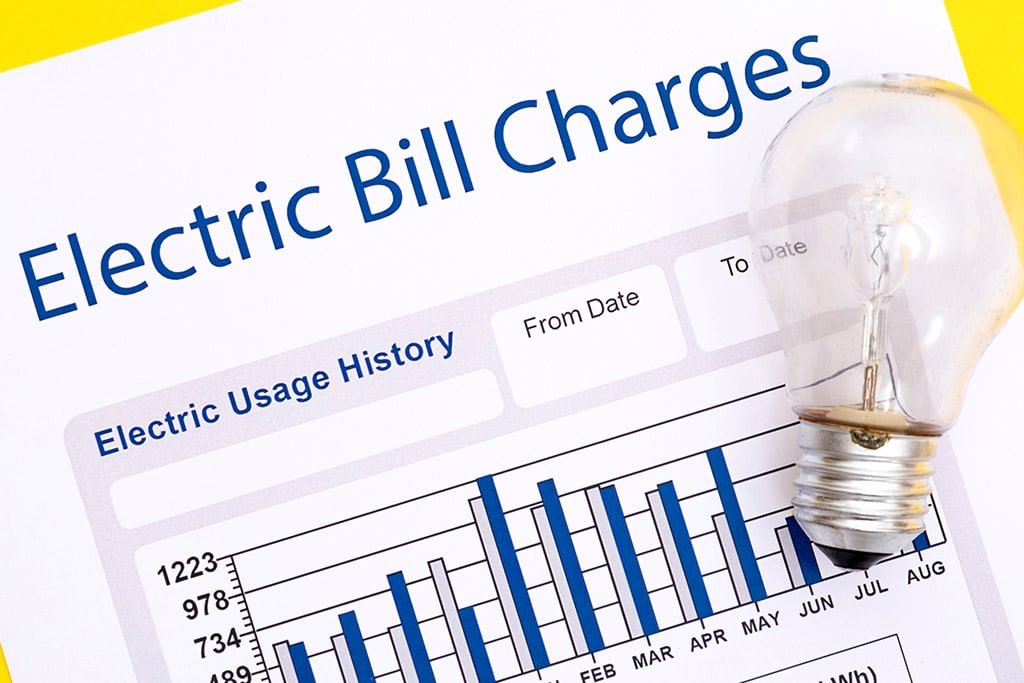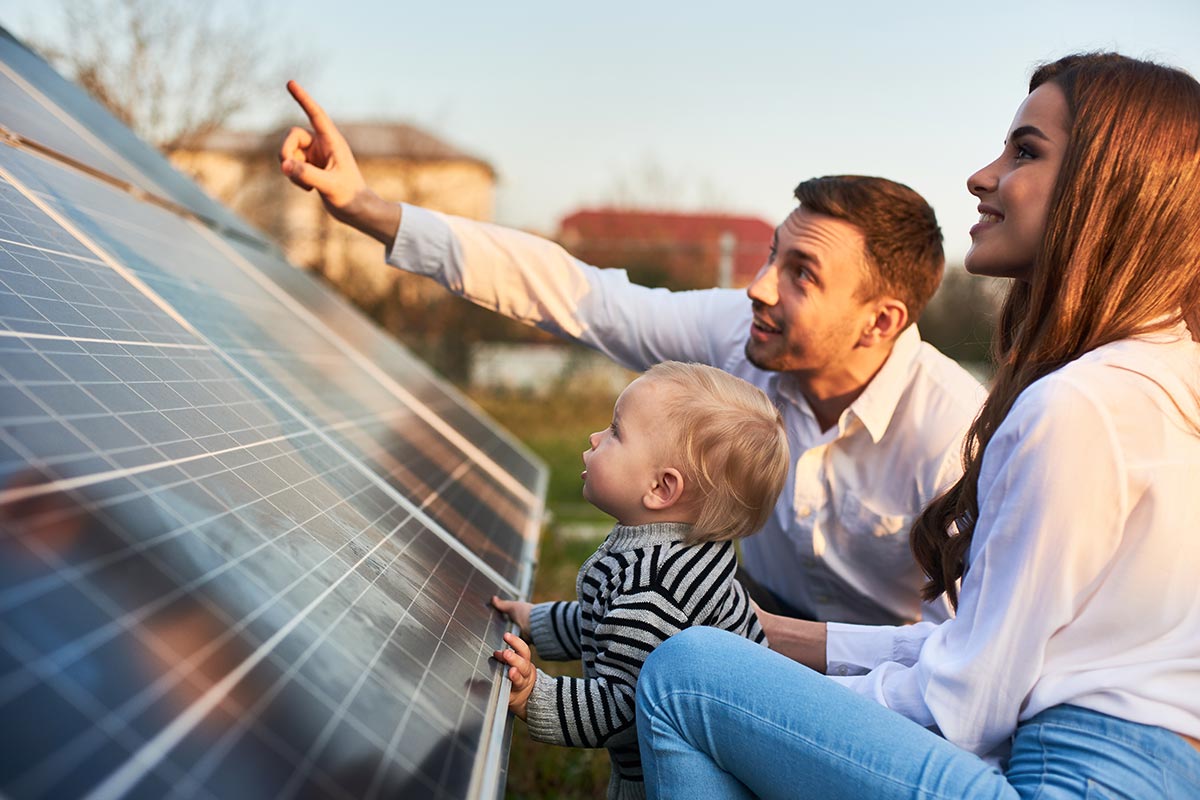You’ve decided to go solar, crunched the numbers, and picked an installer. So now what? Who handles the permits, the inspection, and the estimates? This post will outline what a homeowner should expect during the installation process, from consultation to monitoring.
You Will Get a Written Installation Plan and Cost Estimate
The first thing you’ll do is consult with your installer. They will collect details on your home and historical energy usage, then go to work designing a system for your specific roof, site, and needs. They will use this information, combined with satellite imagery and design tools, to create a rooftop solar system that accounts for solar power generation in summer and winter, as well as the angle and orientation of your roof, amount of shade you get, and more.
They will also discuss options such as solar shingles and premium high-efficiency panels, which produce the same amount of power in a smaller space. Depending on your roof’s shape and layout, these may be your best option. The actual system size requirements will depend on how much solar power you need for your home.
When you get your system design plan, you’ll also get a cost estimate for your system. This is important not only as an absolute number, but it also determine how quickly you’ll see an ROI on your system. If you’re happy, you’ll sign the installation contract.
Your Installer Will Handle Permitting
Your installer will then get the work permit required to add rooftop solar. This is where having an experienced installer can be especially helpful. More established firms will have already relationships with the local government permitting departments, and this will speed the process greatly. If required, your installer will also get homeowners association (HOA) approval for your system.
Installation and Inspection Will Commence
Once your permitting clears, your system will be installed and then inspected by the city. If, like most systems, your rooftop solar array will be connected to the electric grid, the local electric utility will install a net-meter. You will then receive permission to operate. This not only lets you begin generating electricity from solar power, but to receive credits for any excess unused power that you send back to the grid under NEM 2.0 for California.
What Happens After the Installation?
Once your system is up and running, most installers will monitor your system to ensure it continues to produce as much power as promised. Depending on your agreement, your installer will also maintain and clean your panels as needed. Should there be a component failure or other shortcoming to the system during the warranty period, the installer will repair or replace it.
If you have additional questions about buying, leasing, or financing, or any aspect of going solar, we’d like to hear from you. We’ve helped thousands of homeowners across California go solar, and we’re ready to help you too.





